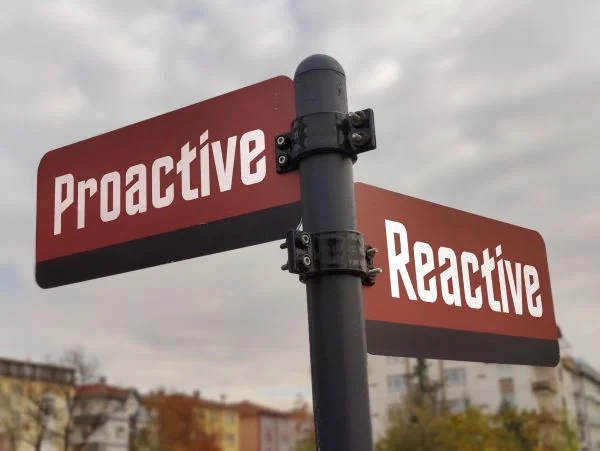How does critical thinking improve ITSM?
When you talk about the Kepner-Tregoe (KT) methodology, often you hear that it is something that people use, to great advantage, as a part of their problem management process. But if you limit the application of KT to just this one part of your ITSM lifecycle, then you are missing out on the true benefits of the critical thinking KT promotes.
Critical thinking gives you the ability to enter a mode of thinking where you are able to improve the quality of thought by skillful analysis, appropriate questioning and deductive reasoning. Key to the success of critical thinking is effective communication and well-practiced problem solving abilities.
When left unchecked the nature of human thinking is inherently flawed, but by adding a set of tools that provides you with concepts and principles that allow you to analyze and assess a situation from a rational standpoint, decisions on current and future issues can be made with clarity.
Critical thinking starts at the strategy stage
Bringing critical thinking tools into the equation right from the strategy stage of the IT Service lifecycle will greatly improve the quality of the decision making process. It gives clarity to future thinking and allows you to clearly and rationally assess the impact of the decisions you are making.
When critical thinking is effectively applied, there are a number of positive outcomes:
- Problems can be precisely identified and clearly articulated
- We are able to gather and assess relevant information, interpreting it effectively
- We can come to well-reasoned conclusions and solutions and are able to test these against known facts
- We are able to communicate effectively with others, involving them in figuring out solutions to complex problems
- We can have greater confidence in the future effects of the decisions we are making
Fulfilling a business need
Increasingly, IT professionals are having to operate in business-oriented roles within the organization, rather than fulfilling purely technical supporting roles. They are expected to contribute to analyzing needs across the enterprise and have a growing role to play in managing stakeholder expectations.
One important role they will often find themselves fulfilling is assessing the current situation against possible future situations. Being able to analyze business risk and recognize future opportunities falls into the hands of the IT management team more and more, meaning that they need to be able to see the big picture, while still keeping a close eye on the detail.
IT professionals are participating at a whole new level in determining the future of the organization. Employing critical thinking is going to be the key to successfully navigating this new way of working.
Good decision making improves outcomes
Historically, IT decisions were really based on whether or not a piece of code would work, or a hardware configuration would stand up to the load requirements of the business. IT decision makers now have to consider much more than technical requirements and hardware reliability. Decisions are now based on whether an IT solution will simply meet a current business requirement or become an enabler to game-changing service levels. This increases the complexity of the decisions that need to be made, and the stakeholders who must be involved. Assessing the future implications of any possible solutions is an essential part of the critical thinking process that needs to take place. Understanding the probable outcomes of all proposed actions gives a much better chance of the organization making a decision that will have a successful outcome.
Up until a couple of years back, banks would not even consider deploying cloud-based services because their transactions need to be totally secure. As the technology on the security of cloud-based services matures, coupled with the lures of lower costs and higher stability, banks now have to look long and hard at jumping onto the cloud bandwagon. The technology can potentially bring about new services to customers at a reduced cost, thereby creating a competitive advantage, but what are the implications? Critical thinking will be well-placed in decision making here.
Not just about problem solving
When you are looking at the ITIL® guidance, it may seem that Kepner-Tregoe is primarily a part of your problem and incident management processes, but I would urge you to take the opportunity to extend the reach of critical thinking skills to all aspects of the IT Service Management lifecycle.
Learn about building critical thinking for individuals and organizations



